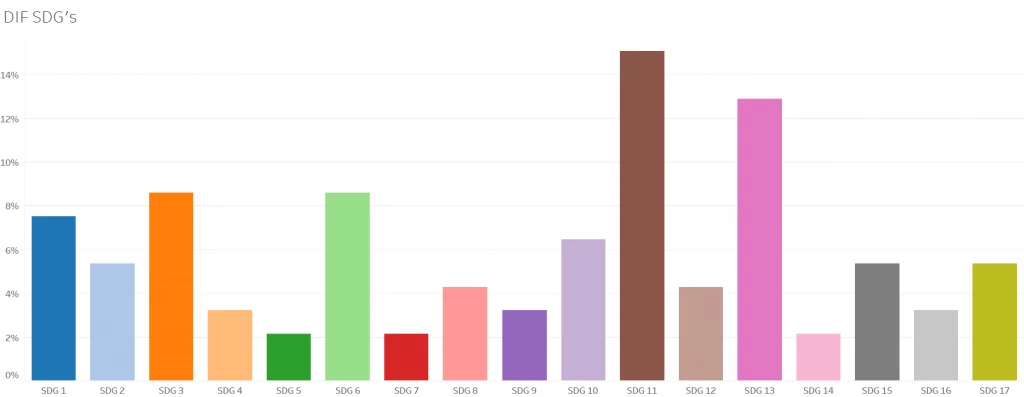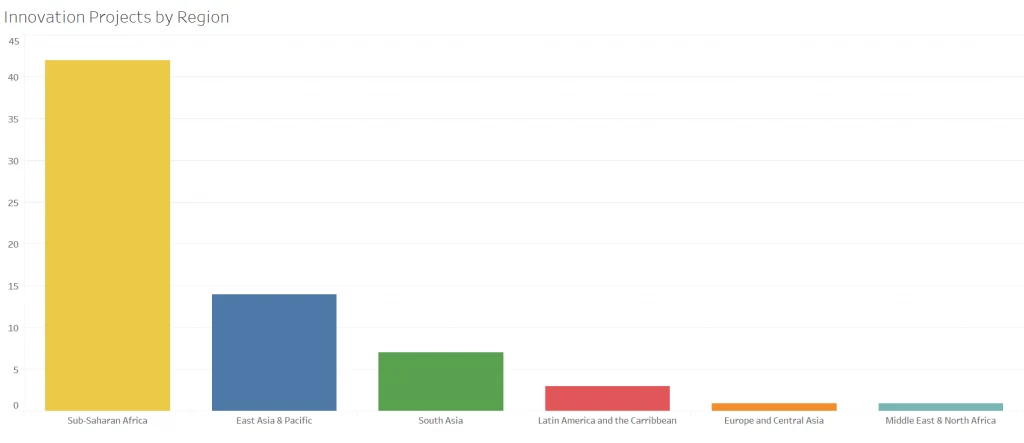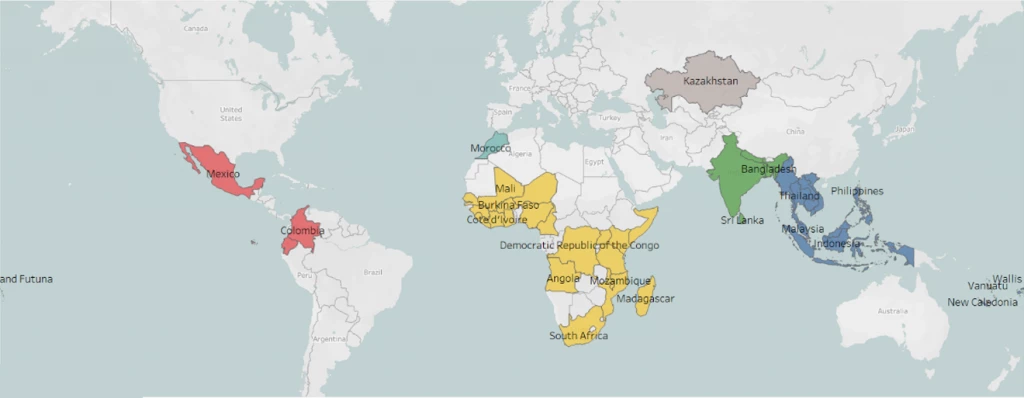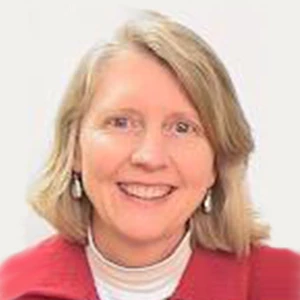
Progress toward the achievement of the Sustainable Development Goals (SDGs) is contingent on the availability of good quality data, and no small amount of innovation. However, persistent data gaps plague low- and middle-income countries, due to a range of challenges, such as statistical capacity constraints, insufficient access to or use of data collection tools and technologies, the lack of public-private partnerships to enable access to actionable data from the private sector, and more.
To help enable more low- and middle-income countries benefit from new tools and approaches to produce, manage, and use data, the World Bank’s Development Data Group established the Data Innovation Fund (DIF) in 2016, with support from the Trust Fund for Statistical Capacity Building and in collaboration with the Global Partnership for Sustainable Development Data.
The DIF issued three international calls for innovative proposals in 2016, 2017, and 2018. Each round underwent a rigorous review and selection process; out of more than 900 proposals, a team of judges selected 38 projects which targeted data priorities in support of SDGs across all regions. The highest percentage of projects took place in Sub-Saharan Africa (59% of the total), and SDG 11 (“Sustainable cities and communities”) received the largest proportion of support.
Projects by Regions
Projects in Countries
Projects by SDGs

Project Highlights
Round 1 (2017-2018)
Nineteen projects were selected and announced as the inaugural DIF winners in 2017 (a total amount of USD 2.7 million). These projects varied in geographic focus, types of innovation, sectors, kinds of outputs, target beneficiaries, and partnership models. Project highlights included digital health programs in India and South Africa that helped predict and identify patients who were likely to fail to return for treatment by using machine learning technology and a digitizing data collection project at the point of sale in Kenya that addressed data gaps in the fertilizer market.
One of the Round 1 projects, “Building a Data Collaborative to Support SDGs on Health and WASH” in Malawi and the Democratic Republic of Congo, helped create a data collaborative that produced data from multiple actors thereby reducing data collection in a fragmented data landscape. The project also provided local communities with training in Geospatial Information Systems (GIS), which helped them move from reliance on inaccurate handwritten maps to utilizing the open source mapping tools.
“Thanks to the innovative framework and the collaboratives, I no longer have to travel 10,000 km across the vast DRC to obtain certain datasets.”
Christian Shadrack
Open Street Map, Democratic Republic of the Congo
Round 2 (2018-2019)
Following the success of the first round of funding, DIF selected 12 projects in Round 2 in 2018 (for a total amount of USD 2.5 million). For this round, selection criteria focused on projects that would improve the production, management, and use of data in two key thematic areas: “Leave No One Behind” and the environment. To ensure that funding would be used to solve timely and relevant problems, applicants were required to include some of the intended users of the data—in most cases, a government or public entity—on the project team.
From producing alerts to help pastoral herders navigate climate shocks in the Sahel, to predicting the movements of internally displaced populations in Somalia, to developing an artificial intelligence (AI) algorithm to detect fall armyworm pest damage in maize fields in Malawi, the 12 projects all successfully achieved their target goals and outcomes.
One of the Round 2 projects, led by the Humanitarian OpenStreetMap Team – “Bridging Development and Emergency Data Gaps for the Refugee Crisis” – built citizen-generated map layers for several refugee hosting districts in Uganda. The project supported digitizing more than 1.5 million buildings and 36,000 kilometers of roads using satellite imagery. More than 4,000 facilities and services across refugee communities and hosting districts in Uganda were mapped for the first time. The creation of the base layer maps guided government agencies and organizations in designing and implementing interventions to better respond to the needs of refugees in crisis across Uganda.
Round 3 (2019-2020)
The DIF selected seven projects in Round 3 in 2019 (for a total amount of USD 1.6 million). These projects were required to present a proof-of-concept and include a “lessons learned” component focused on addressing development challenges at the local level rather than the country level. The project teams successfully analyzed data and created a range of repositories and useful tools to enable practitioners to strengthen impact across sectors, including urban planning, smallholder farmer soil quality and management, urban sanitation, and disaster risk assessment.
For information regarding DIF projects, browse through our project pages.
Building on Success
For each DIF Round, a key priority was to discern each project’s potential for scalability and replicability to other national and subnational settings. Further emphasis was placed on the potential for each project to generate broader public goods, including learning and knowledge to be shared with a wide range of audiences and potential future collaborators, including academia, governments, civil society organizations, and other stakeholders in the development community. Indeed, several DIF-supported teams have participated in knowledge exchange events to share project success stories, lessons learned, and innovative technologies developed, in support of scale and project replication.
HelpAge International, who led the DIF-funded “Geomapping Barriers to Urban Service Access in Older Age” in Nairobi, Kenya, and Delhi, India, organized a virtual event on collecting inclusive data with UN Women and other organizations, called “The Things We’ve Learned about Collecting Inclusive Data Event”. In the session, HelpAge International shared lessons learned from their DIF project where they collected data on older people in Nairobi and Delhi, particularly those living in informal settlements or homeless. The project advocated for the elderly and engaged them in project activities. Groups of seniors received training on using the project data to develop key advocacy messages, after which they met with local authorities, political representatives, and other stakeholders to discuss their key concerns and demands. In response, in Delhi, local authorities addressed seniors’ requests to unblock drainage systems to clear flooded streets and to renovate works at local parks. In their event, the team shared how their lessons learned strengthened knowledge and practices on inclusive data collection.
Conclusion
The DIF was made possible by the generous support of the United Kingdom Foreign, Commonwealth and Development Office, the Department of Foreign Affairs and Trade of Ireland, and the Governments of Canada and Korea.
Thanks to this important support, a range of insights have been surfaced and new understandings have been mainstreamed into further projects and support programs around the world. DIF has thus been able to demonstrate that:
- Innovative methods help to accelerate the collection of quality data for SDGs monitoring.
- Collaboration between private organizations and government entities is both possible and critical for data innovation.
- National and international organizations must adopt innovative technologies in their statistical processes to stay current and meet the challenges ahead.
The results and impacts from DIF support speak for themselves; we want to encourage any interested reader to visit the Data Innovation Fund website for all project information, resultant case studies and tools, and detailed reports.
Indeed, to make the most of the achievements of the DIF and scale up its impact across World Bank client countries, the World Bank is presently establishing an umbrella trust fund for data called the Global Data Facility. This Global Data Facility has internalized key lessons learned from the DIF, and so will focus on a three-part approach, combining: (i) pooled donor resources for local, national, regional, and global data priorities; (ii) leveraged World Bank IDA and IBRD resources to enable scale and sustainability; and (iii) catalyzed domestic financing for data and data-driven development in World Bank client countries. This model has emerged from key insights made possible by the DIF, together with experience from decades of investments in data and statistics. The Global Data Facility has the potential to enable a step-change in more sustainable financing for data and statistics around the world.
In fact, the World Bank is establishing the Global Data Facility in response to a call to do so by the UN Statistical Commission's High-level Group for Partnership, Coordination and Capacity-Building for Statistics for the 2030 Agenda for Sustainable Development, which emphasized the need for an innovative funding mechanism to strengthen the capacity of national data and statistical systems and help overcome data deprivation across regions. A key objective of the Global Data Facility is likewise to support the implementation of recommendations and insights from the 2021 World Development Report: Data For Better lives, and thus enhance the availability, quality, and usability of data at the sub-national, national, and global levels. The Global Data Facility will launch in the coming few months and serve as a mechanism to scale up meaningful support for data across key sectors and statistical systems across countries, while ensuring a country-led, flexible, and adaptive approach to strengthen the capacity of national data and statistical systems.
For further details, including to discuss opportunities to help scale or adapt the insights which emerged from any DIF project(s) or to inquire about the Global Data Facility, please reach out to us at data@worldbank.org.
The Trust Fund for Statistical Capacity Building III (TFSCB-III) is supported by the United Kingdom’s Foreign, Commonwealth & Development Office, the Department of Foreign Affairs and Trade of Ireland, and the Governments of Canada and Korea.








Join the Conversation